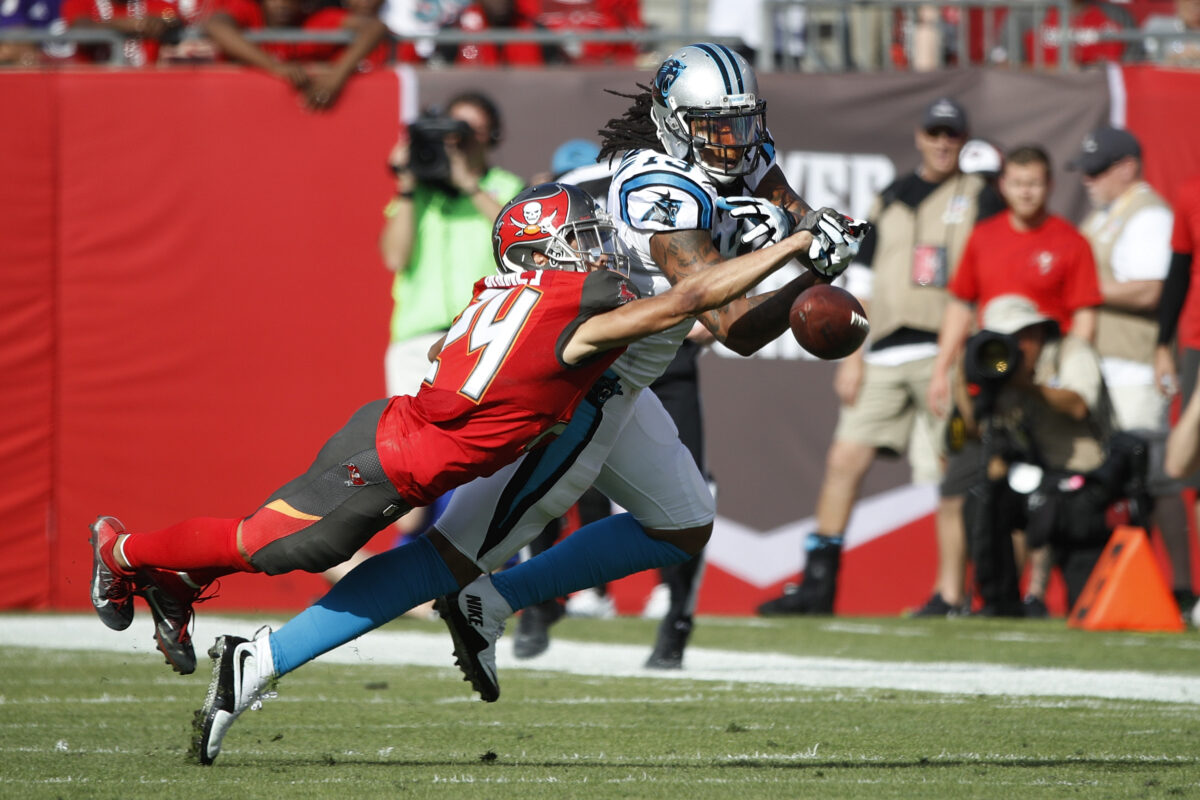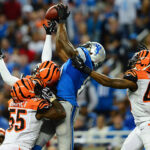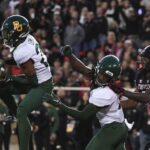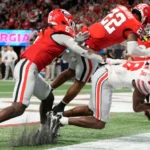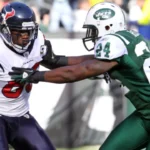Football is a bit of a game of war. In war there are many strategies but the the major strategy is to attack where you have an advantage. The same is true when you are playing defensive back.
That first paragraph was kind of vague wasn’t it? Let me clarify. Many times I watch defensive backs (cornerbacks in particular) line up and play to the strengths of their opponent rather than to their own. A prime example of that will be an undersized cornerback going up against a big wide receiver. Often I will see an athlete in this situation go up and press when what he should be doing is playing off. The big wide receiver has the size / strength advantage. The smaller defensive back has the speed / quickness advantage. Playing press in that situation lends itself to the wide receiver’s strengths. The prudent thing for the DB to do is play off. Starting off with space and using quickness to mirror the route gives the smaller DB the advantage.
Get a free DB training video – Click Here
In a press situation, within five yards, the defensive back is going to have his back turned to the quarterback. The bigger wide receiver can see over the smaller defensive back and thus has an advantage when the ball is coming. Even before that, the bigger wideout, more times than not, will win the strength battle at the line and move the DB out of the way on his release. Mind you, I am not saying that this is always the case but most of the time it will be. Some shorter cornerbacks are well built and strong. I am not talking to those guys here.
By playing off, the smaller cornerback can face both the wide receiver and the quarterback for a longer period of time during the play. Using superior quickness, the smaller defensive back can also utilize a fluid back pedal to increase the amount of time they can stay square and face the WR and the QB. This allows the defensive back to come downhill on his breaks if he needs to and decrease the amount of time his back is turned on deep balls. It also allows the defensive back to get into the WR’s space better once the ball is delivered on deep throws.
Another example of not playing to your strength comes when I see big corners using soft press exclusively. What’s the point of being a big corner if you are not going to….. “play big”? A smaller wide receiver is going to have the advantage of quickness over the big corner 9 times out of 10. Backing out at the line giving space to the smaller wide receiver plays to the advantage of the quicker man. You know what neutralizes quickness? Physicality and contact. You know what doesn’t allow for physicality and contact? Playing soft press and backing out at the line of scrimmage.
One of the reasons the famed “Legion of Boom” secondary of the Seattle Seahawks was so successful was because their cornerbacks used their strength (which was size) to re-reroute WRs and funnel them to their big hitting safeties. Similar success has been achieved by secondaries with smaller corners who played off, used quickness and instincts to create turnovers.
In summary, it’s all about using your advantages. It is in all defensive backs’ interests to have multiple techniques at their disposal just like a defensive coordinator has multiple defenses he can call. It’s great to have a primary technique but have something available that makes use of what you do best. If you are a small corner that presses well, more power to you but the time will come when another man’s size can be overwhelming. If you are a big corner with fast feet, congratulations. The time will come when you won’t be able to match the quick twitch of a man lower to the ground. Be prepared. If you are a coach, it’s good to have core values but it’s also good to let your players do what they do best. Don’t let a disaster happen for you to learn this lesson. Give a man the tools to do his job.
Chad Wilson is the owner of All Eyes DB Camp and author of "101 DB Tips". He played college football at the University of Miami and briefly in the NFL for the Seattle Seahawks. Over his 15 year high school football coaching career, he tutored over a dozen Division I defensive backs and as a trainer has worked with NFL All Pros, first round draft picks, college football All Americans and Top 10 ranked high school football prospects.

